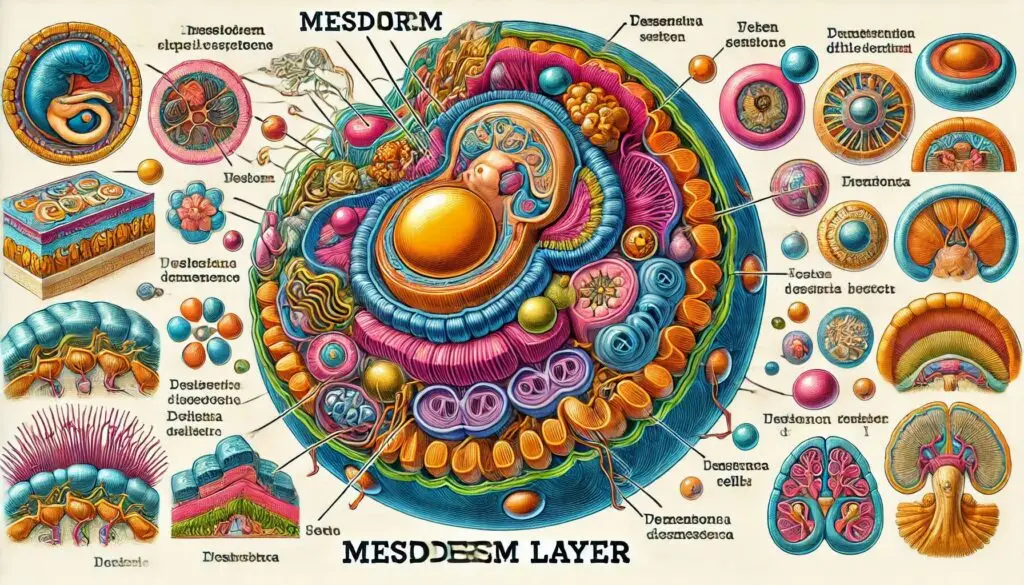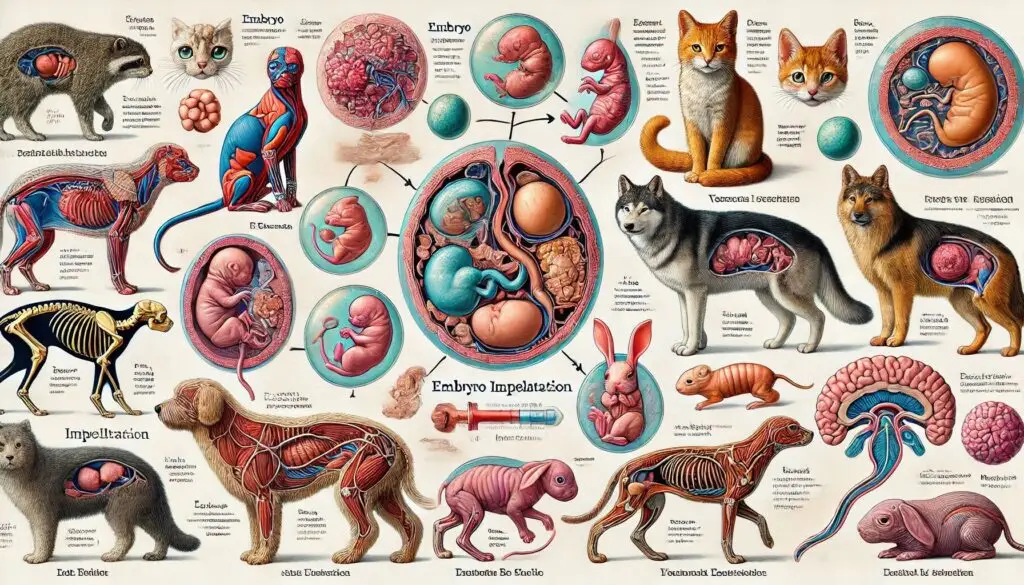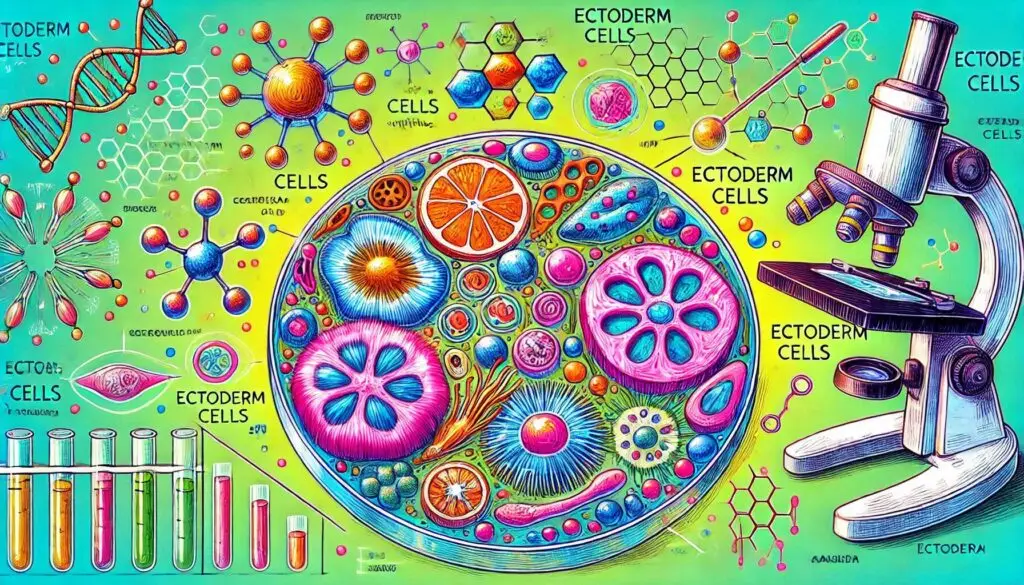The Endoderm

Introduction to the Endoderm
The endoderm is one of the three primary germ layers in early embryonic development. It is crucial for forming many internal organs. This article delves into the endoderm’s structure, functions, and developmental processes. Understanding the endoderm helps us appreciate its role in human biology.
What is the Endoderm?
The endoderm is the innermost layer of cells formed during gastrulation in embryonic development. It lies beneath the ectoderm and mesoderm. This layer primarily gives rise to structures related to digestion and respiration. For a detailed overview of germ layers, you can refer to Nature Education.
Structure of the Endoderm
The endoderm consists of a single layer of cells that eventually differentiate into various types of tissues. Initially, these cells are flat but change shape as development progresses. They become columnar and form a more complex structure.
Functions of the Endoderm
The endoderm plays a vital role in forming several key systems in the body:
Digestive System Development
One of the primary functions of the endoderm is to form the lining of the digestive tract. This includes:
- Esophagus: The tube that connects the throat to the stomach.
- Stomach: The organ responsible for breaking down food.
- Intestines: Both small and large intestines are formed from this layer.
Additionally, it contributes to important digestive glands like:
- Liver: Responsible for detoxification and metabolism.
- Pancreas: Produces enzymes essential for digestion.
For more information on how these organs develop from the endoderm, check out Khan Academy.
Respiratory System Development
The endoderm also forms crucial parts of the respiratory system:
- Larynx: The voice box that plays a role in sound production.
- Trachea: The windpipe that conducts air to the lungs.
- Bronchi: The major air passages leading from the trachea to the lungs.
- Alveoli: Tiny air sacs where gas exchange occurs.
Understanding how these structures develop can be found in resources like MedlinePlus.
Endocrine Glands Formation
In addition to digestive and respiratory systems, the endoderm contributes to several endocrine glands:
- Thyroid Gland: Regulates metabolism.
- Thymus Gland: Plays a role in immune function.
These glands are essential for maintaining various bodily functions. For more details on endocrine glands, visit Endocrine Society.
Developmental Timeline of the Endoderm
The formation of the endoderm begins early in embryonic development. Around three weeks after fertilization, cells start migrating inward during gastrulation. This process establishes all three germ layers.
Early Stages (Weeks 1-3)
During these initial weeks, cells undergo rapid division and differentiation. The embryo forms a flat disc shape with distinct layers. The endoderm forms first, followed by mesoderm and ectoderm.
Organogenesis (Weeks 4-8)
Around four weeks into development, organogenesis begins. The endoderm starts differentiating into specific organs:
- By week five, structures like the liver and pancreas begin forming.
- By week eight, most major organs are established.
This timeline highlights how quickly and efficiently these processes occur.
Importance of Endoderm in Health
Understanding the endoderm’s role is vital for medical science. Abnormalities in this layer can lead to various health issues.
Congenital Disorders
Defects in endodermal development can result in congenital disorders affecting digestion or respiration. For instance:
- Esophageal Atresia: A condition where the esophagus does not form properly.
- Congenital Diaphragmatic Hernia: A defect that affects breathing due to diaphragm issues.
These conditions often require surgical intervention and ongoing medical care. For more information on congenital disorders, visit CDC’s Birth Defects page.
Cancer Research
Research into how endodermal cells function can also inform cancer studies. Certain cancers arise from tissues derived from this germ layer. Understanding these mechanisms may lead to better treatments.
Conclusion
The endoderm is a crucial component of human development. It forms essential systems like digestion and respiration while also contributing to endocrine functions. Understanding its role helps us appreciate human biology’s complexity.
As research continues, we will learn more about how this germ layer influences health and disease. For anyone interested in embryology or human biology, studying the endoderm is an exciting journey into understanding life itself.
More from Veterinary Anatomy:
Ectoderm






Responses